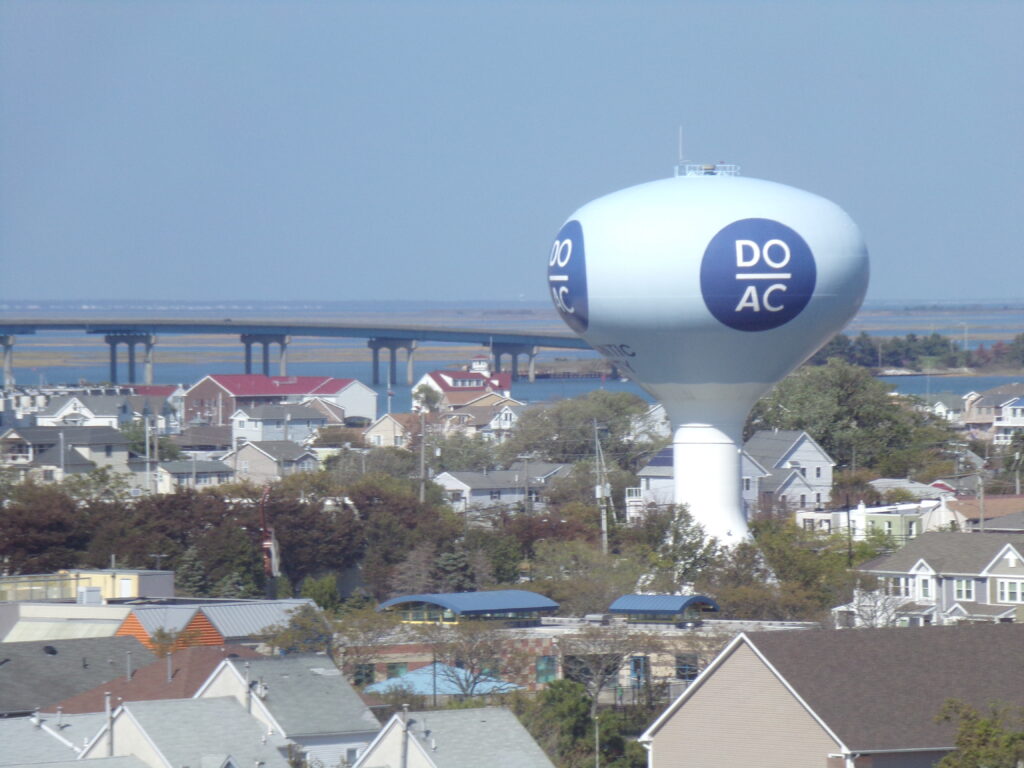The Hazards and Willful Resistance to Tax Code Restructuring

Fall is upon us — Leaves have changed and now cover lawns everywhere, daylight saving time has ended and afternoons turn darker earlier, Christmas displays are going up in department stores and a bevy of state officials have made the annual pilgrimage to Atlantic City to deliver their annual assurances to the League of Municipalities convention they are doing everything in their power to control local property taxes.
The rhetoric varies year to year, but the core message remains the same — increase state aid to school districts and municipalities, encourage shared services, and tout a homestead rebate program.
Most of the local officials who’ve been there before have heard it all before and come away with some glimmer of renewed hope they can return home and avoid facing their constituents with predictions of impending property tax increases.
Seldom — if ever — is there a serious discussion of examining the state’s entire tax structure to determine its relevance to today’s environment, whether it is fair in its application and whether there are alternative revenue-raising devices rather than near total reliance on property taxes.
Like the homeowner whose roof leaks in the rain and who solves the problem by patching it, successive legislatures and administrations have opted for nailing a few shingles in place every year rather than assess the condition of the entire roof.
The realization that significant property tax increases are possible to cover the looming double digit increase in health coverage for public employees gave an added sense of urgency to this year’s League proceedings, producing pleas from local officials for the state to step in and assume the addition premiums cost in whole or in part.
In advance of the convention, Gov. Phil Murphy undertook a public relations campaign touting his Administration’s property tax relief program which will deliver between $1,000 and $1,500 — depending on income tests — to homeowners next year.
Federal aid funds and unanticipated better than expected state tax revenue will fund the program, but whether it is sustainable over the long run — that is, year after year — is questionable. A one off benefit seems far more likely, enough to carry through the 2023 legislative election cycle and – of greater interest to Murphy — the 2024 presidential election cycle.
With the average property tax at nearly $9,300 and a steady rise in the number of municipalities where an average bill of $10,000 has long since been surpassed, it would seem logical that pressure would grow for a broader approach to what for years has been the issue New Jersey taxpayers have considered the most troublesome.
Not so, though.
Suggestions for a comprehensive review — a “deep dive” in today’s trendy phrase — of the tax structure has surfaced from time to time but has always failed to gain traction and quickly disappears from the debate.
Turning the entire task over to a constitutional convention, similar to that which drafted the state’s 1947 constitution, but confined to matters of taxation drew limited attention from legislators who feared such a convention would propose dramatic changes which carried potentially serious political risk.
It is, though, eminently fair to ask whether property tax revenue should be relied upon almost exclusively to support the myriad functions of nearly 1,200 municipalities, school districts and counties, from providing firearms to police departments to crayons for kindergartners to snow plows.
Is it, furthermore, fair to assume that property value rather than personal income is the true measurement of individual economic circumstance? Could the tax code address that point and be amended, for instance, to permit local jurisdictions to impose a tax on income or a tax on commercial sales to offset and dramatically reduce the property tax burden?
The state constitution requires that all property be taxed at a uniform rate; whether a shopping mall or a private home the rate (not the overall bill, obviously) must be identical. Property tax classification; that is, allowing different properties to be taxed at different rates, is an issue which could be explored.
Incentives have been offered to encourage shared services agreements at the municipal level and, while many have been entered into, their impact on property taxes has been relatively minor.
Proposals for municipal or school district mergers have always aroused significant pushback locally in a state in which a long and entrenched tradition of home rule has been a major obstacle not about to be overcome.
Residents like their home towns and school districts and are loathe to lose their convenient access to government officials or trade in their comfort zone and identity through absorption into a neighboring community.
There has always been general acknowledgement that New Jersey has an overload of local jurisdictions and that it leads to more expensive government (read, higher property taxes), but resistance to change has been stout and enduring.
Acknowledging that sufficient political will to undertake a tax code restructuring on a massive scale has been lacking in legislatures over the years suggests strongly that there is an intrinsic preference for maintaining an admittedly unfair system rather than risk offending voters and special interest groups.
The need is evident, though, or legislators will trek to the League convention in 2023 to inform the attendees that the roof has been patched for one more year while hoping it remains dry.
Carl Golden is a senior contributing analyst with the William J. Hughes Center for Public Policy at Stockton University.










Leave a Reply